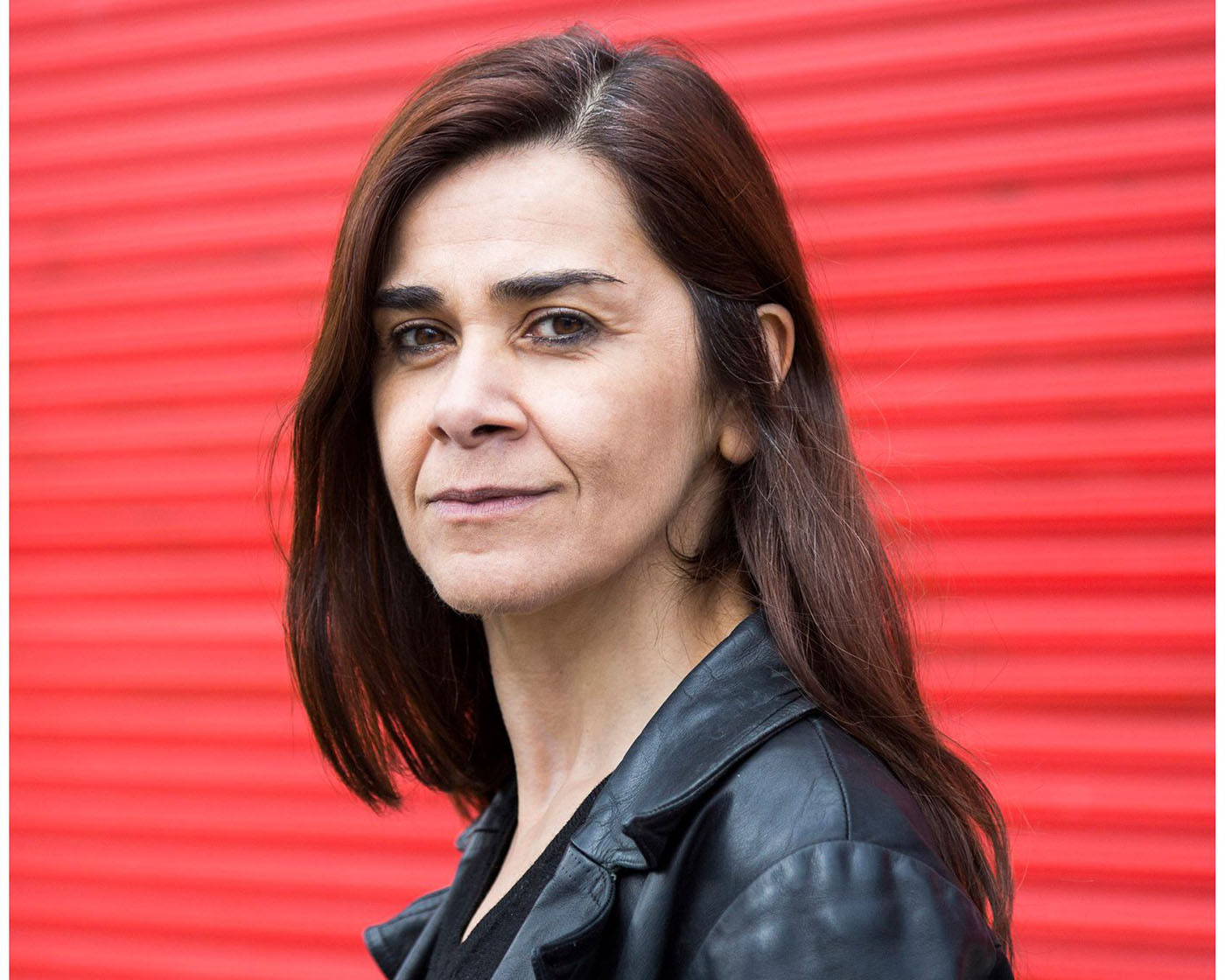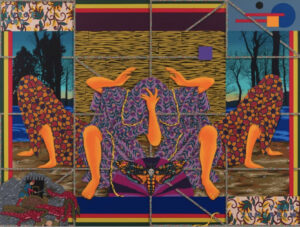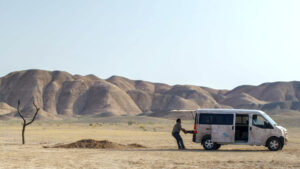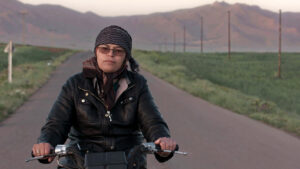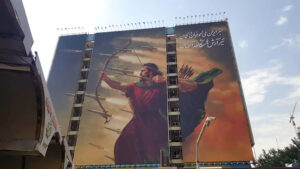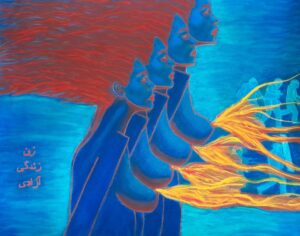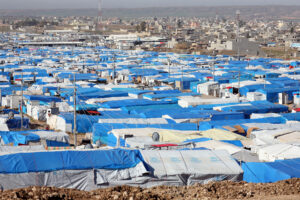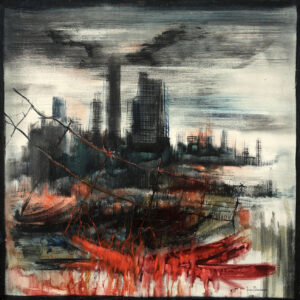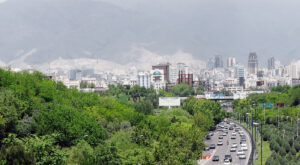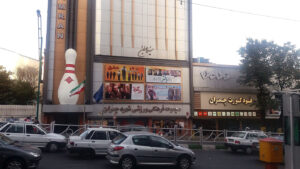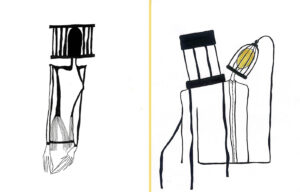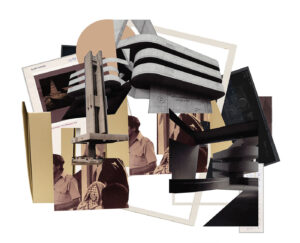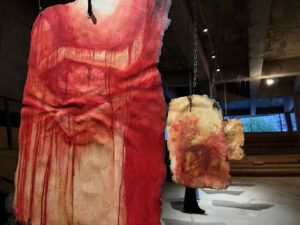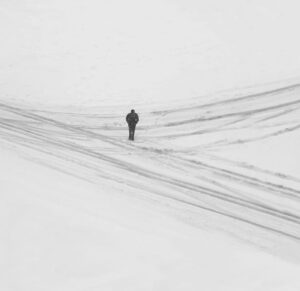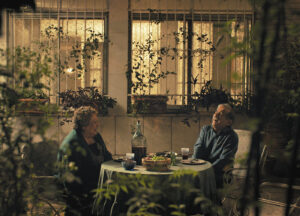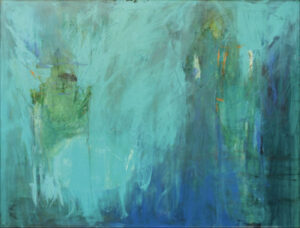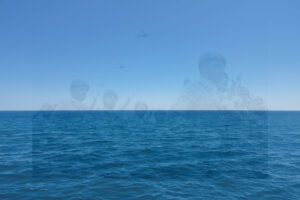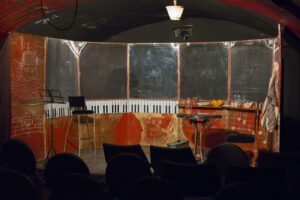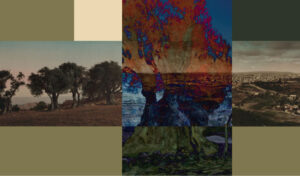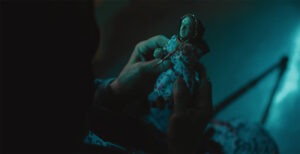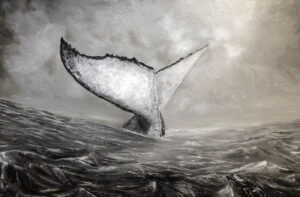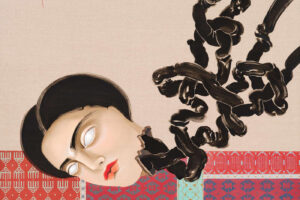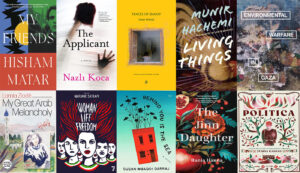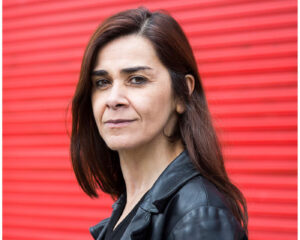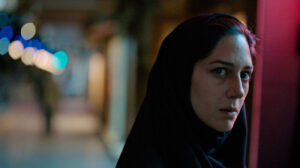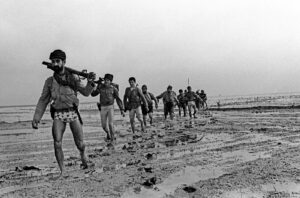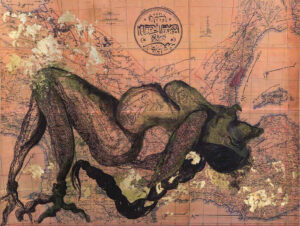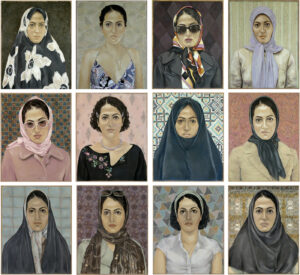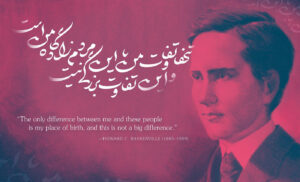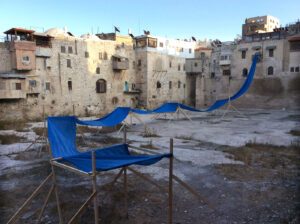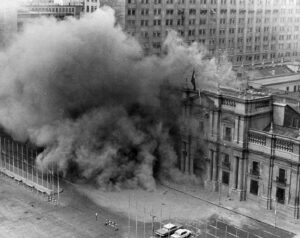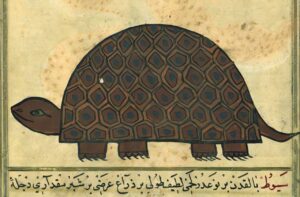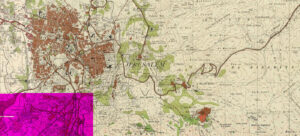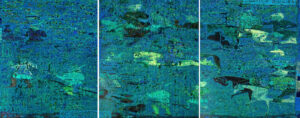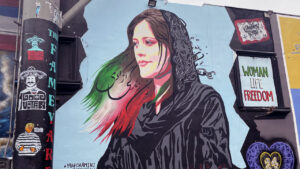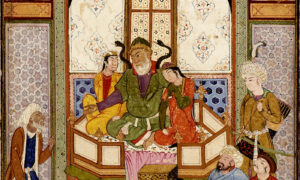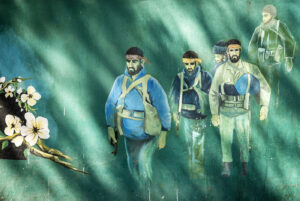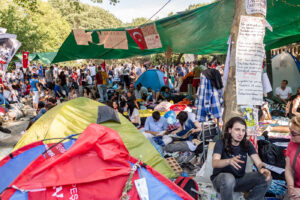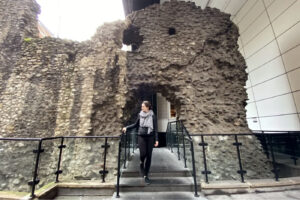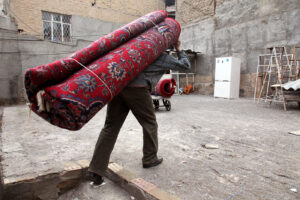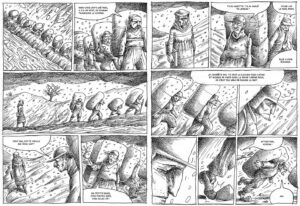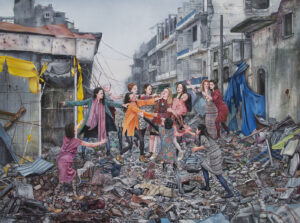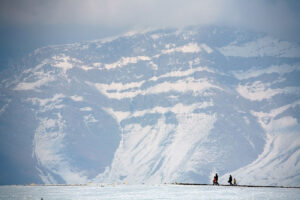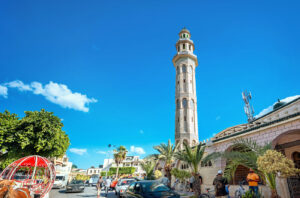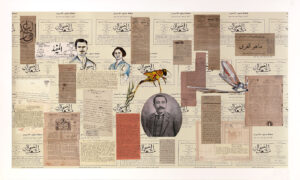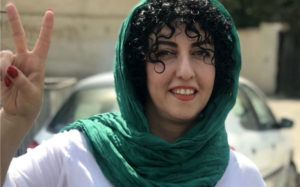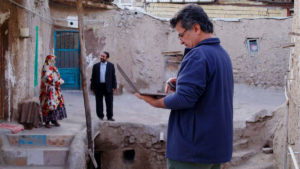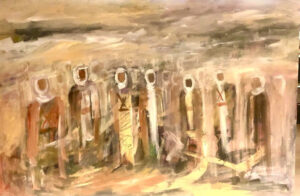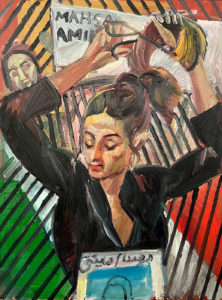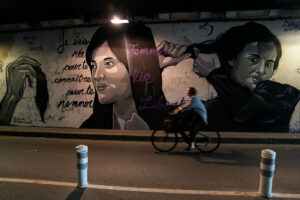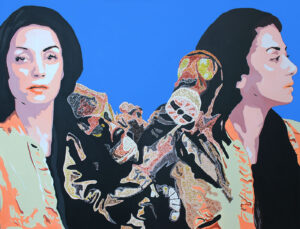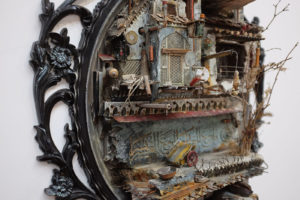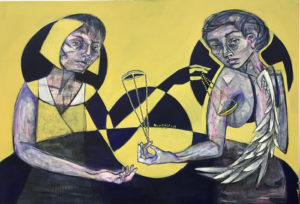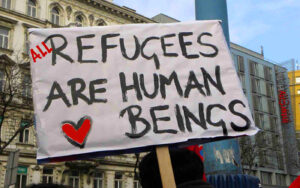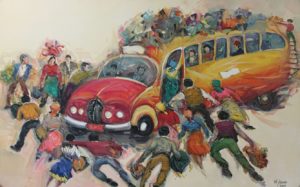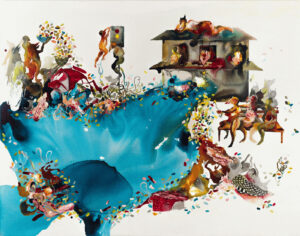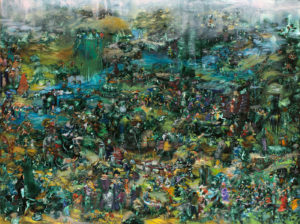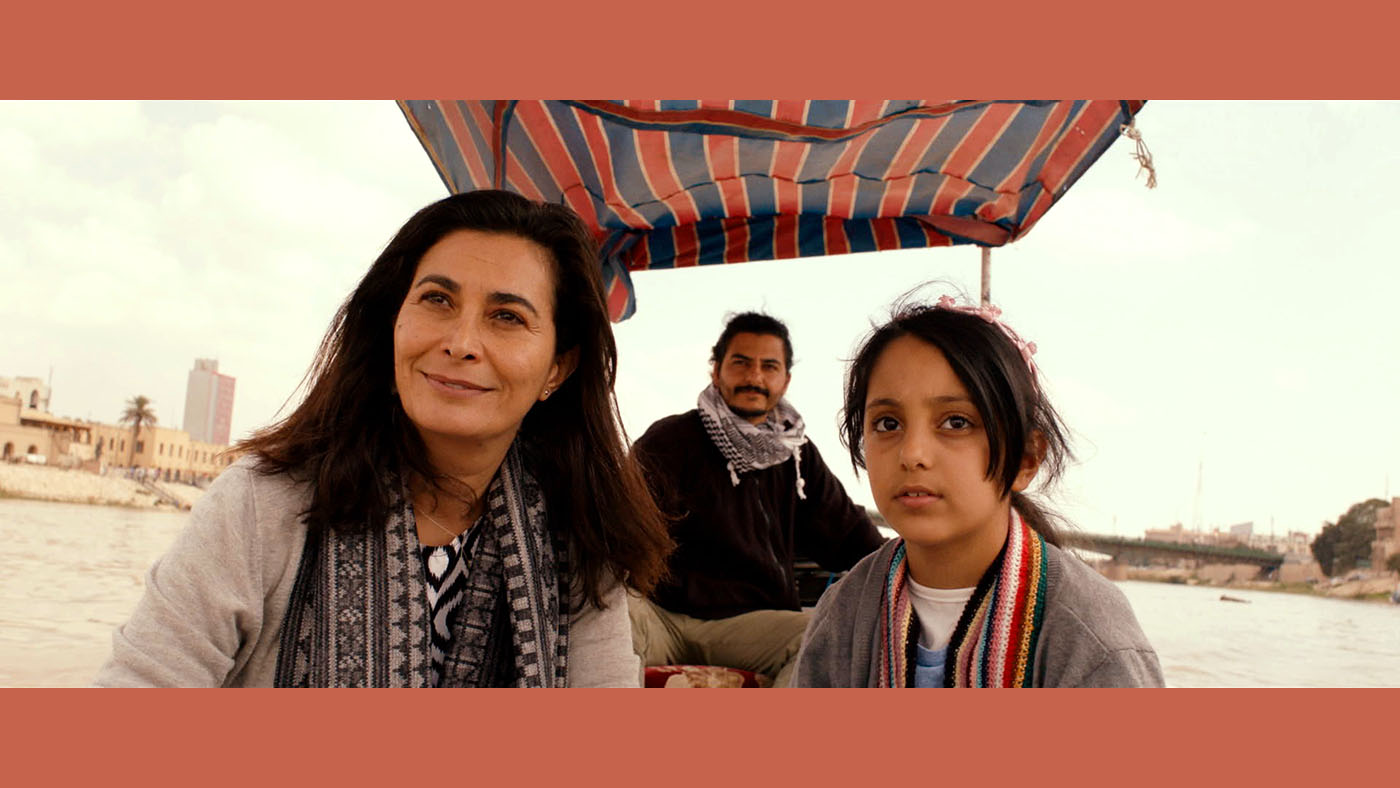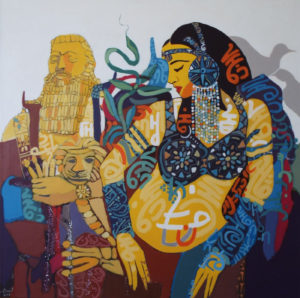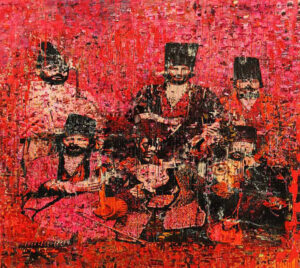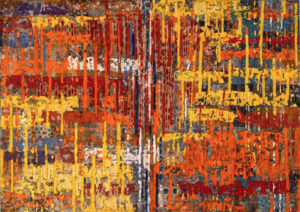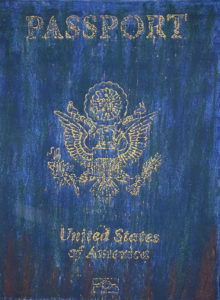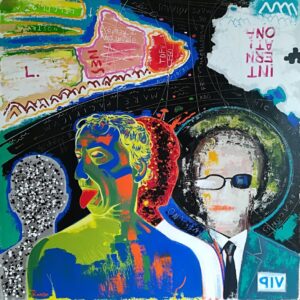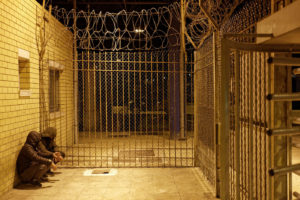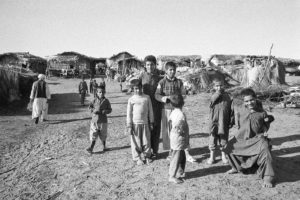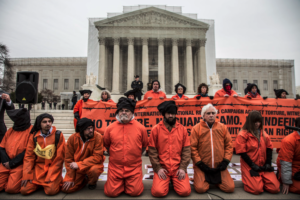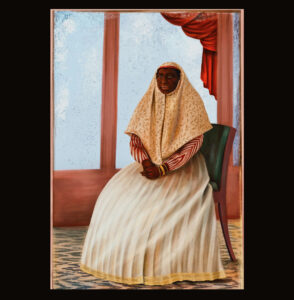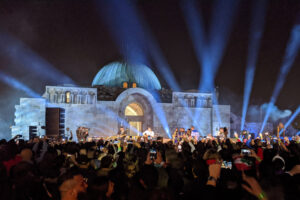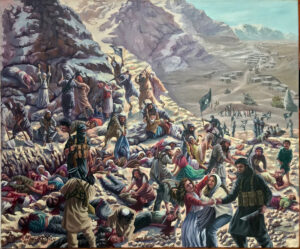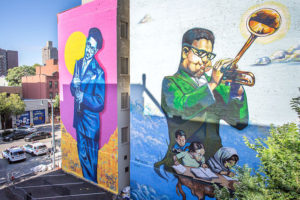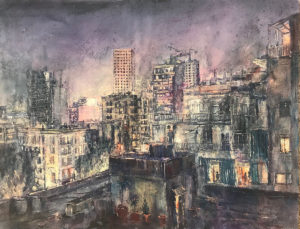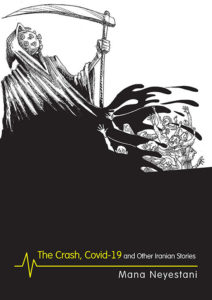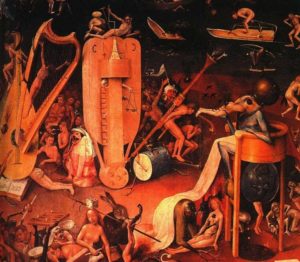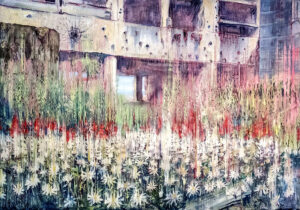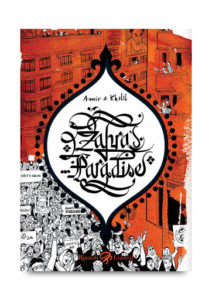Early on the morning of January 8, 2020, an airliner with 176 passengers and crew members on board crashed a few minutes after takeoff from Iran’s capital, Tehran. Among the victims is Niloufar, cousin of the novelist and screenwriter Négar Djavadi. In La Dernière Place, the author questions the circumstances of this tragedy by taking inventory of the inconsistencies of the official story and the overwhelming evidence which points to the culprits who are still unpunished.
La dernière place by Négar Djavadi
Stock 2023
ISBN 9782234093942
Sepideh Farkhondeh
Early on the morning of January 8, 2020, an airliner with 176 passengers and crew members on board crashed a few minutes after takeoff from Iran’s capital, Tehran. There were no survivors.
Among the victims is Niloufar, cousin of the novelist and screenwriter Négar Djavadi, whom, as their aunts would say during childhood family reunions, Négar resembled. Niloufar had been living in Canada for decades and was in Tehran to visit her sisters; she was due to return home on January 5, and boarded Ukraine International Airlines flight PS752, connecting Tehran to Kyiv from where many passengers had planned to reach a city in Western Europe or Canada.
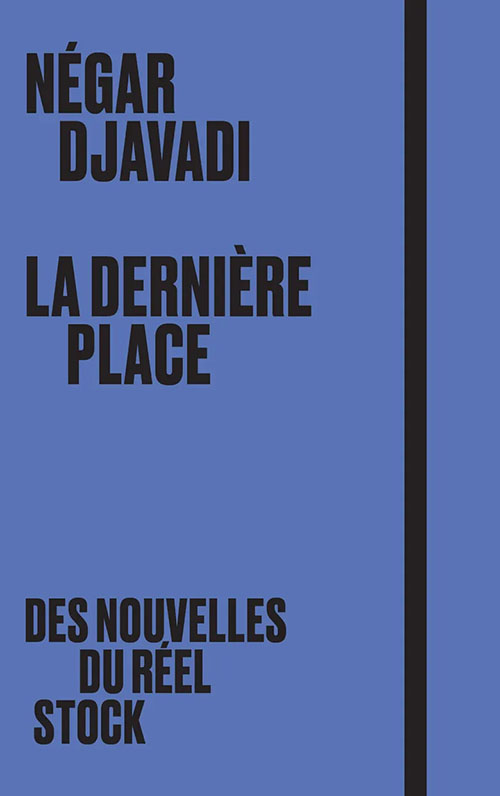
This crash is experienced by the Iranians as a national tragedy, all the more serious and profound as the circumstances of its occurrence become clearer and the responsibility of the highest authorities, entangled in their lies and contradictions, seems undeniable.
In La Dernière Place, Négar Djavadi questions the circumstances of this tragedy by taking inventory of the inconsistencies of the official version and the overwhelming evidence which points to the culprits, who are still unpunished.
The book begins with an adolescent memory, the viewing of the film The Official History, which relates the trials and tribulations of a mother, a history teacher in Argentina during the last months of the military dictatorship, who discovers that her adopted daughter is perhaps the child of missing political opponents — a baby stolen by the junta. The title of this film is a revelation for the schoolgirl exiled in France with her family: “The association of these two words (‘official history’), an association that I had never imagined until that day, accurately described what we too had always experienced,” writes Djavadi, who is the author of the novels Disoriental (available in English and its French original) and Arène, which has yet to appear in English translation.
From this point forward, Négar Djavadi intersperses the story of the loss of Niloufar with historical questions.
“The dictatorship is unique in that its survival inevitably involves the rewriting of History and the methodical organization of oblivion,” suggests the author in the prologue, and it is against this oblivion that she wrote the book.
Disoriental (2016) featured a stunning kaleidoscope of the history of the Sadr family over three generations. Readers of this flamboyant fresco on memory and identity follow the tribulations of the family over decades of political turmoil and revolution. They will therefore not be surprised by La Dernière Place, completely autobiographical this time, in which the author and her sister share a joke which tries to stand up to the drama: they wonder at each catastrophe, “even if it took place in the Amazonian jungle,” whether they have any connection with one of the victims.
La Dernière Place begins with this intimate fear of knowing someone among the passengers of plane pulverized on the ground, a fear dissipated for a time by the idea that no member of the family has a link with Ukraine. After the shock of the discovery, Djavadi dissects the inconsistencies of official declarations, as do the families of other victims of the crash, on social networks, commenting on the photos of the explosion in the night sky, taken by anonymous people, using their mobile phones.
In a context of increased international tensions, while Qassem Soleimani, the head of the Islamic Revolutionary Guard Corps in charge of external operations, has just been eliminated by an American drone in Baghdad, and the very present specter of war recalls the chaos and destruction of the 1980s, the crash of a civilian plane raises multiple historical questions that remain without real answers.
This tragedy echoes others. Niloufar’s story recalls the painful one of Darya, 32, killed on September 11, 2001 in New York; Darya who had narrowly escaped, as a child, the terrible bombing of the city of Abadan by Saddam Hussein during the Iran-Iraq war.
Hannah Arendt wrote that “terror can only reign over men isolated from each other, and therefore, one of the primary concerns of all tyrannical government is to bring this isolation about.”
But faced with this crash, the terrible circumstances of which we gradually discover, more and more voices are being raised together to question and cast doubt on the official version. Technical failure? Why was a missile fired at the plane? By whom? Human error? Why was a second missile fired?
A mother whose two children, students in Canada, were on the plane expressed her doubts in a filmed interview: “Why was a charred rag doll recovered, but no computer or cell phone, which are much more resistant?” Do electronic devices contain information that the regime is stealing from families? Why do the authorities refuse to make the contents of the black boxes public? What are these closed trials for? Faced with these pressing questions, the official statements found in the book appear absurd and indecent.
Just as the strange and premonitory name of the small town where the plane crashed reminded the writer of the eye-lamp hanging in the center of Picasso’s “Guernica,” so these questions shed new light on this tragedy.
In the age of cell phones, while images are broadcast and contradict the declarations of politicians, the writer wonders “no doubt with great naivety” how the latter “still dare to lie.”
The Nuremberg trial, carried out against the main Nazi war criminals, from November 1945 to October 1946, is also — the author recalls — “the first to have authorized the search for evidence to be extended to film materials…At the initiative of the American prosecutor Robert H. Jackson, films, all kinds of films, documentaries, newsreels, archives, those shot by official German government filmmakers such as Leni Riefenstahl or by American filmmakers sent on the front in Europe were projected… This unprecedented approach, this visual experience, this shock, presented… the truth against those who denied it…”
The questions will soon give way to anger and revolt, which since the murder of Mahsa Amini in Tehran in September 2022 have finally made visible to the world, through staggering images, a general uprising against a deadly system and ideology.
In La Dernière Place and the story of her cousin Niloufar, Négar Djavadi never ceases to question official history, because “writers, poets and filmmakers are the designated rivals of the ministries of the Truth,” who through their works, “preserve and protect memory, extract the clandestine truth and bring it to the surface.”



